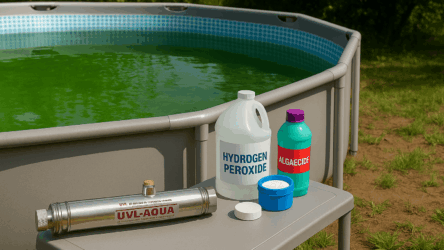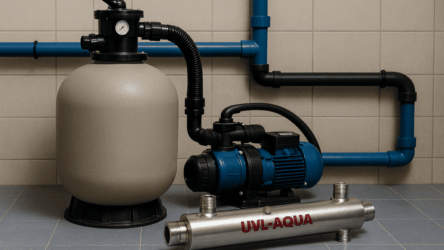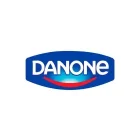Access to clean and safe drinking water is fundamental to human health. However, even visually clear water can contain harmful bacteria, viruses, and other microorganisms that pose serious risks. Ultraviolet (UV) disinfection using flow-through UV sterilizers has emerged as a highly effective and chemical-free method to ensure the purity of drinking water.
Why is UV disinfection essential for water safety?
Drinking water can serve as a breeding ground for various pathogens, some of which are responsible for severe health conditions such as gastrointestinal infections and hepatitis. Dangerous bacteria such as Salmonella, E.coli, and Legionella, as well as viruses and fungi, may be present in water even when it appears clean. Without proper disinfection, these microorganisms can lead to serious public health concerns.
Filtration VS UV disinfection: understanding the difference
- Filtration systems – Remove physical impurities such as dirt, sediments, and some contaminants, but they do not eliminate bacteria and viruses.
- UV disinfection – Directly neutralizes harmful microorganisms by disrupting their DNA, preventing them from reproducing and spreading diseases.
While filtration improves water clarity, UV sterilization ensures its microbiological purity, making it a crucial step in water treatment.
How UV water disinfection works
UV water treatment relies on ultraviolet light at a wavelength of 254 Nm, which penetrates microbial cells and disrupts their DNA structure. This prevents bacteria, viruses, and other pathogens from multiplying, rendering them harmless without the need for chemicals.
UV water sterilizers are designed to be durable, efficient, and hygienic, with high-grade stainless steel construction for long-term use. The main components include:
- UV lamp – Emits 254 Nm germicidal UV light to inactivate harmful microorganisms.
- Flow chamber – A stainless steel chamber where water passes through and receives full UV exposure.
- Quartz sleeve – Protects the UV lamp from direct contact with water while allowing maximum light transmission.
- Power supply unit – Ensures stable electrical input for efficient operation.
Benefits of UV sterilization for drinking water
- Eliminates bacteria and viruses – Provides effective microbial disinfection without chemicals.
- Maintains water quality – Does not alter the taste, odor, or composition of water.
- Eco-friendly and safe – Leaves no chemical residues, unlike chlorine-based disinfection.
- Low maintenance and cost-effective – Requires minimal upkeep and operates with low energy consumption.
Conclusion
UV water disinfection through flow-through sterilizers is a modern and highly effective solution for ensuring clean and safe drinking water. By neutralizing harmful microorganisms without altering the water’s natural properties, UV technology offers a reliable, sustainable, and chemical-free approach to water purification. Whether for residential, industrial, or municipal applications, UV sterilization remains an essential tool in securing access to high-quality drinking water for a healthier future.







